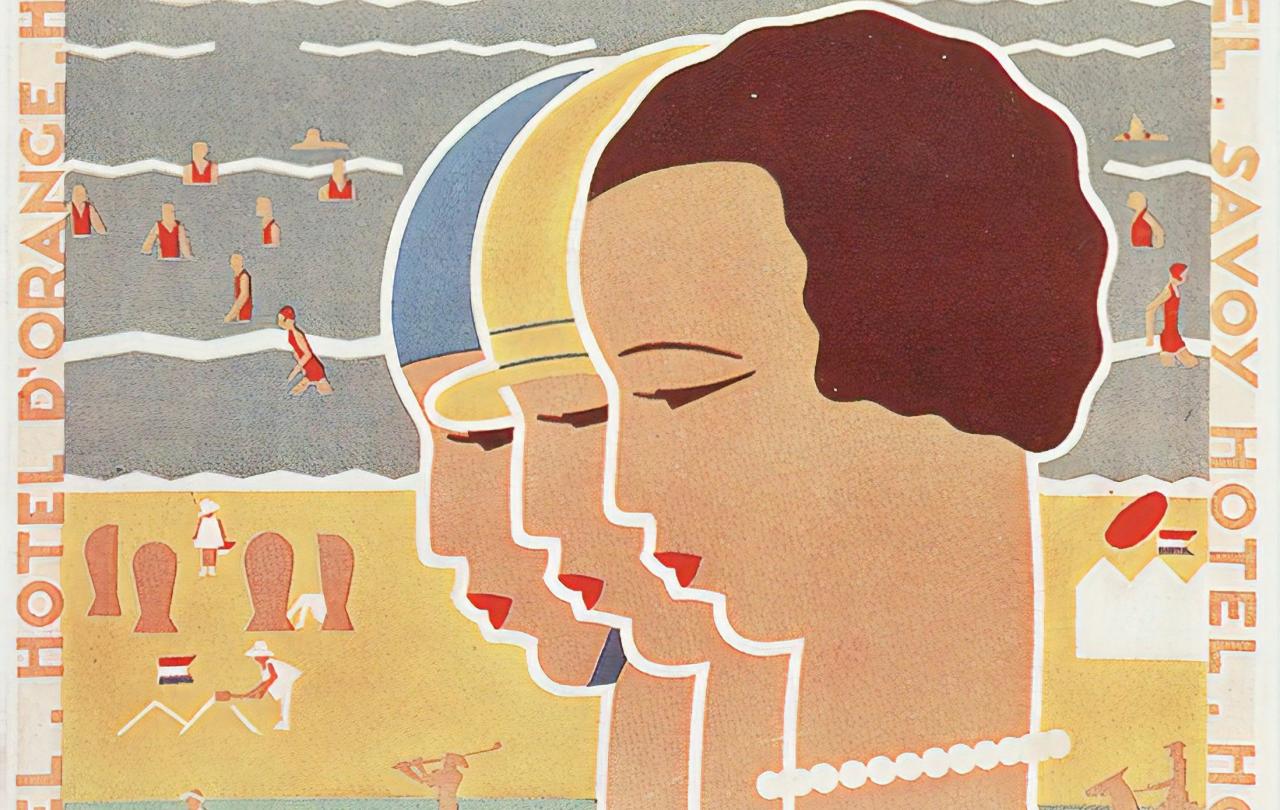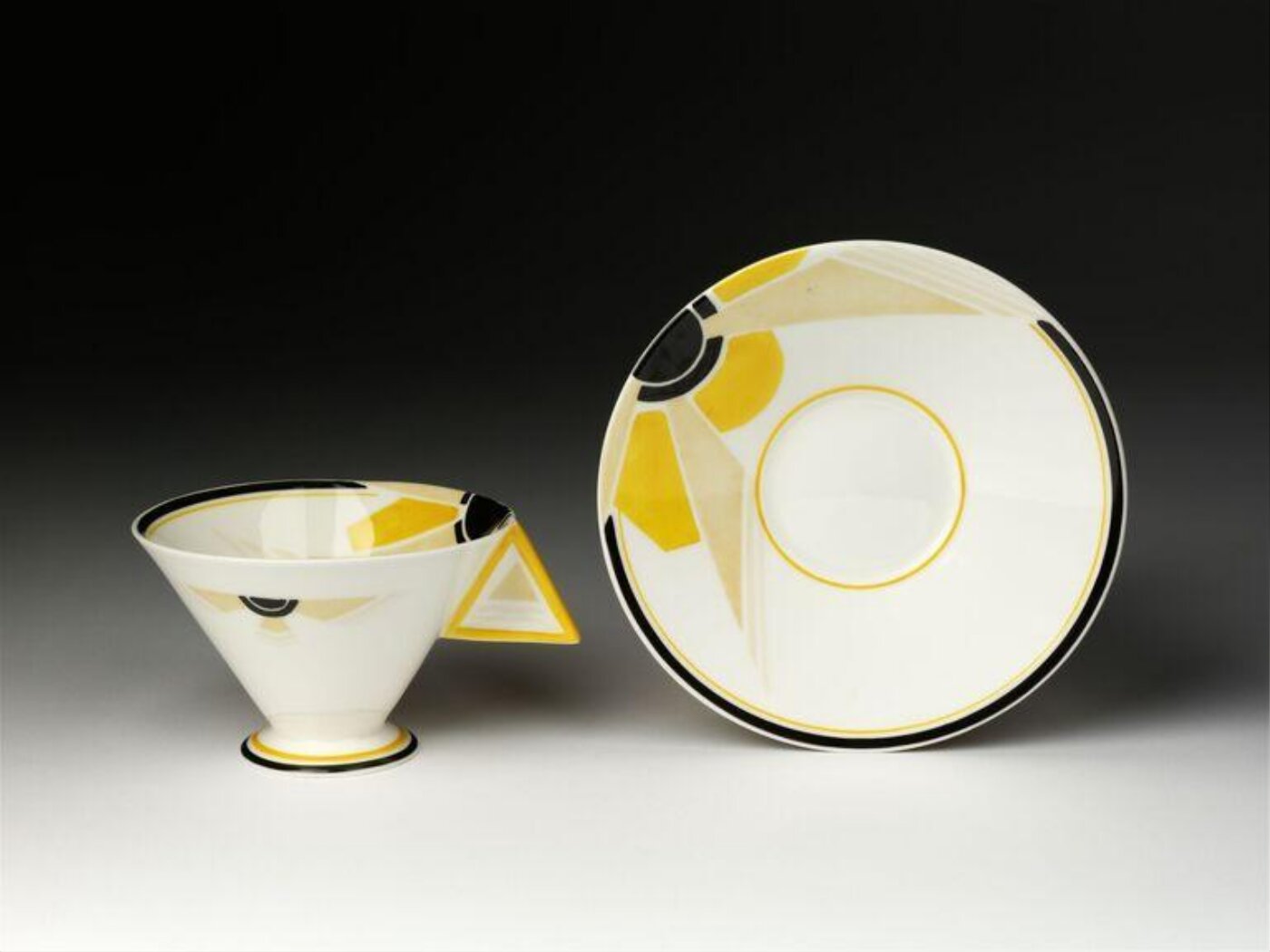
Elizabeth Day is a journalist, a novelist, a podcast host, a broadcaster, and a friendaholic. This isn’t a term that she uses lightly, she’s not merely delighting in some quaint wordplay here. Rather, Elizabeth has identified within herself a chronic compulsion, a psychological need, a habitual seeking out, and an emotional reliance on friendship (or, at least, what she perceived friendship to be – more on that later…)
Therefore, when she labels herself a friendship addict, she does so with every ounce of seriousness. She also describes the symptoms of her addiction with impressive levels of introspection.
‘I would get a buzz from a moment of exchange; a hit of pure friendship adrenaline. In that moment, I would feel worthwhile and liked and accepted. I wanted more of it. Then I needed more of it. Then it became something that I relied on for my own self-worth. I must be OK, the reasoning went, I’ve got so many friends.’
These intimate confessions lead Elizabeth to begin the epilogue of her book with a familiar, albeit reconfigured, turn of phrase: ‘My name is Elizabeth Day’ she writes, ‘and I’m a recovering friendaholic.’
The quality of our social life, whether it be too large or too small, has a significant impact on our mental, emotional and physical health.
Elizabeth pre-empts any criticism of what could be perceived as a ‘woe-is-me’ memoir by meeting those who may be reaching for their ‘metaphorical tiny violins’ head on. This book unashamedly takes the impact of friendship, or a lack thereof, very seriously. And so should we. Afterall, social injuries are proven to be very real and loneliness a serious determinant of health. On the opposite end of the same scale, ‘social burnouts’, which often lead to social anxiety, are becoming an epidemic, while an increasing number of mental health issues are being accredited to the profound impact of ‘toxic’ friendships. In short, it is becoming common knowledge among researchers that the quality of our social life, whether it be too large or too small, has a significant impact on our mental, emotional and physical health.
And yet, despite this - we have barely any language with which to adequately address or inspect the topic of a ‘social life’. It seems that generation after generation, we have failed to take the art of friendship seriously.
‘Friendship is unnecessary, like philosophy, like art.... It has no survival value.’
Considering the psychology, this seems non-sensical. Why would this be?
It could be a symptom of individualism; the emphasis that our Western society places on individual success, personal goal setting and the virtue of independence. Maybe it has more to do with our inclination toward all things productive, and, to (partly) quote C.S Lewis, ‘friendship is unnecessary, like philosophy, like art.... It has no survival value’. The other explanation could be our pre-occupation with romantic relationships, and the habit we have of idolising them over and above all other social attachments. In her book, Notes on Love, Lauren Windle powerfully reflects on this, she writes
‘maybe it’s time to stop looking for a partner who is also my ‘best friend’ and start appreciating my best friends. Maybe it’s time to stop feeling bereft of true love and realise that I already experience it. Every day.’
Whatever the reason(s) may be, we have neglected to take seriously the science of the social life, and the results of such an oversight are encapsulated in Elizabeth Day’s self-diagnosed ‘friendship addiction’, and the book that has documented it.
Elizabeth places her personal life on the altar in this book, she sacrifices the privacy of her emotional life.
Elizabeth talks us through her most formative of friendships - the long-standing and the fleeting, the nourishing and the draining, the durable and the fragile – this book is an ode to them all. She introduces us to her ghosts of friendship past and present (although, once they read of their appearance in this strikingly honest book, I do worry that a couple of her friends may slip from the latter into the former category), and does so in a way that makes you, as the reader, instinctively close the book for a moment and indulge the continual urge to reflect on the mosaic of people who have entered and exited your own life.
Elizabeth places her personal life on the altar in this book, she sacrifices the privacy of her emotional life for the purpose of speaking with powerful candour. She tells the intimate stories of how her addiction came to be, and how she has sought to feed her need for a thriving social life at her own expense. Elizabeth has offered herself up as a case-study of what inevitably happens when we don’t have the tools, the maps, or even the language with which to engage with the subject of friendship. As it turns out, friendship – the real kind – was not what she was addicted to, nor was it what she was accumulating. Rather, it was approval. It was the self-worth that she drew from the affirmation of others. If we, as a society, ensured that we were more socially-literate, perhaps Elizabeth could have identified the difference much sooner. Perhaps we all could.
As well as telling her own stories, Elizabeth weaves together insights from psychology, philosophy, history, and the experiences of others in differing contexts. This ensures that as many people as possible are able to find themselves in the pages of this book. And, as a result, I found Friendaholic to be the book that I didn’t know I had been missing.
It’s funny. It’s emotive. It’s generous. It’s honest. And it’s refreshingly serious about friendship. I recommend it heartily.
Nobody is totally immune to cultural individualism, the idol of productivity, nor the heroizing of romantic love.
There’s just one thing that felt missing, one insight that I instinctively began to fill any gaps with. I found myself willing Elizabeth to take a biblical route (totally unfairly, I should add, as she doesn’t identify as a Christian, nor does she claim this to be a book of any religious inclination).
I wanted her to explore the Bible, because in it, she would find an abundance of evidence for almost every point she felt compelled to make. Friendship soaks the pages of the Christian Bible.
Friendaholic quotes Jesus in its very first chapter, making reference to his declaration that ‘greater love has no one than this, that someone lay his life down for his friends’, but then never picks this astonishing claim, nor the history-altering man that it came from, up again (once again- this is no criticism, if it were, it would be a mightily unfair one). The platonic love that Elizabeth takes so seriously, and that our culture doesn’t take nearly seriously enough, is claimed to be the ‘greater’ love by Jesus, who subsequently kick-started a movement which was defined by this kind of love. Friendship was weaved into the earliest expressions of what we now call Christianity/the church. Jesus’ words were, and still are, lived out with astonishing impact.
This is not to say that Christians always perceive or do friendship perfectly. On the contrary, nobody is totally immune to cultural individualism, the idol of productivity, nor the heroizing of romantic love. Indeed, the afore mentioned quote by Lauren Windle has been taken from a book where she tells the story of ‘being single in a marriage obsessed church’.
It’s for this reason that I so enjoyed Elizabeth’s offering. Friendaholic felt like a literary dusting brush, brushing aside generations worth of dirt from a long-neglected jewel; the jewel being real, true, and deep friendship. The kind of friendship that is as integral to our health as food and shelter, the kind that was included in the original blueprint for human flourishing, the kind that is both dramatically underrated, and yet greater than all other human loves.
You can take it from an ancient book, or Elizabeth Day’s brand new one – as it turns out, they will tell you the exact same thing.






